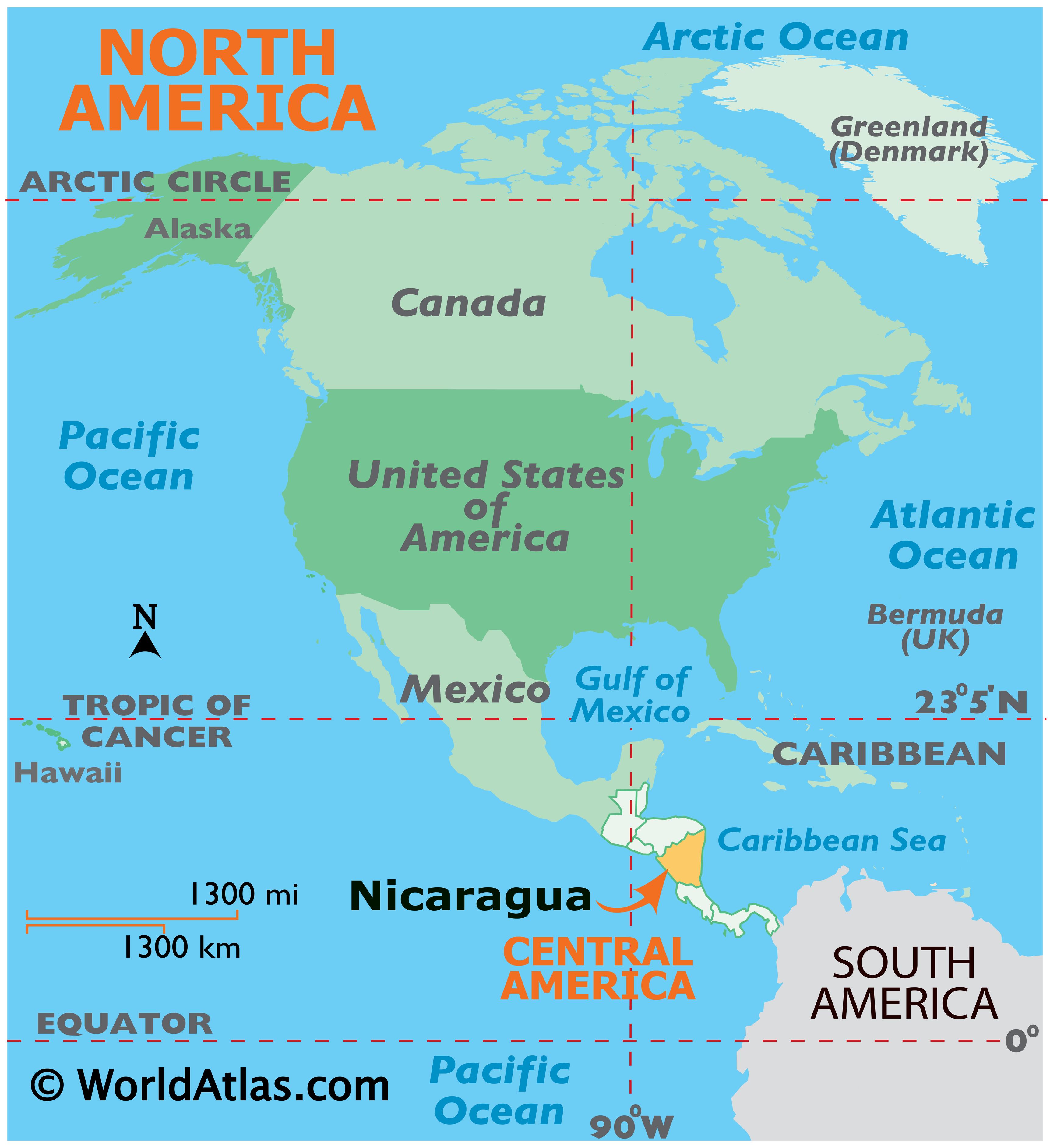7667766266
enquiry@shankarias.in
A hydrogen fuel cell bus developed by KPIT-CSIR in Pune was unveiled by Union minister of state for Science and Technology.
Tensions between Nicaragua and the Catholic Church are again on the rise after a series of actions taken by the government of Daniel Ortega, the country’s President.

Over 20 people have been killed in destruction caused by cloudbursts and flash floods in different parts of Himachal Pradesh and Uttarakhand.
The United Nations Security Council named modern slavery a serious concern in areas affected by armed conflict.
Sex ratio at birth normalises, and the son bias is in the decline in India.